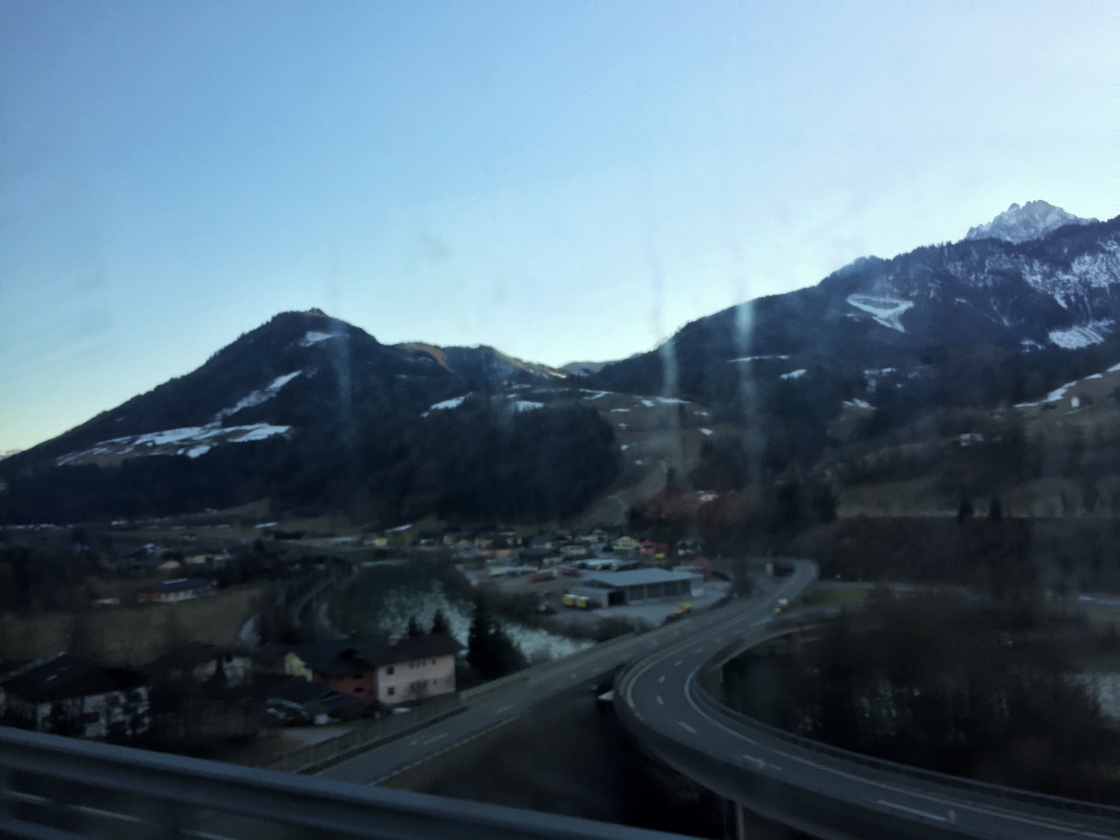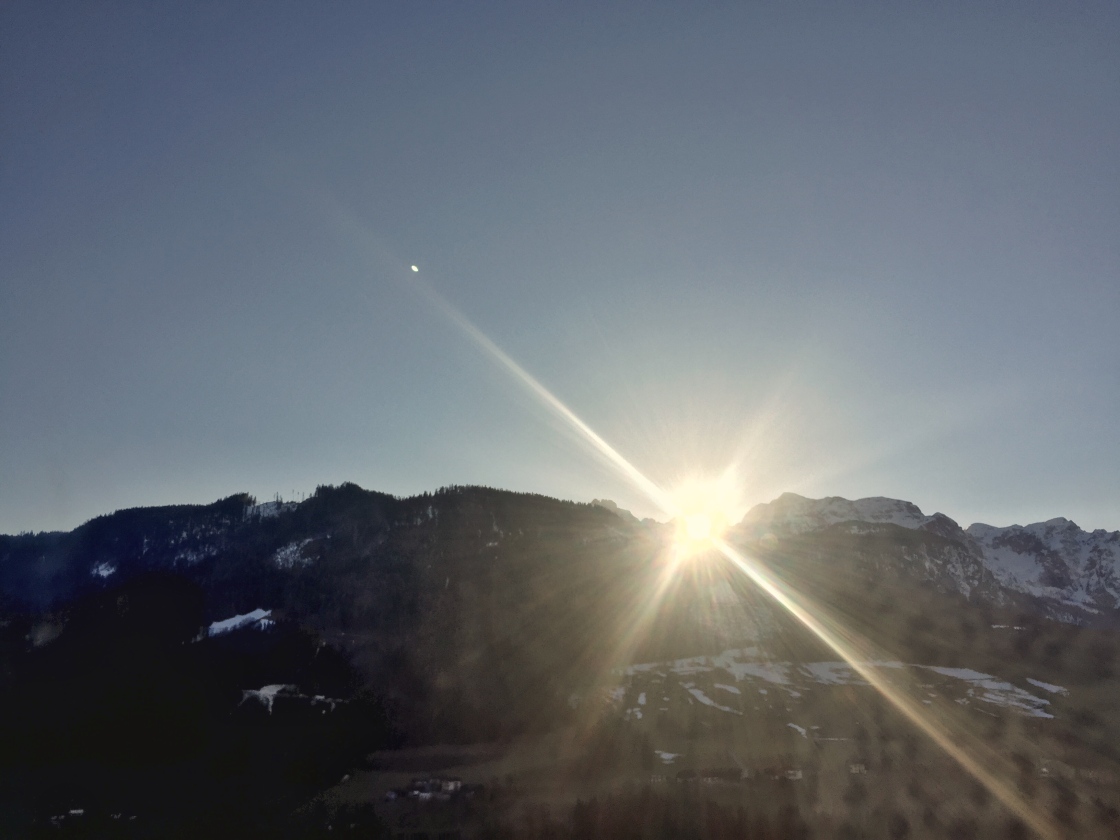This weekend I spent a day in Budapest, a day in Vienna, a day in Salzburg and a lot of time on a bus.
My first (and I wish I could say my last) bus trip through Europe brought me through three beautiful cities with rich histories. I learned that I prefer planes to buses, I don’t like group dinners and that in Budapest you do not have to be a good dancer to have a good time.
Budapest
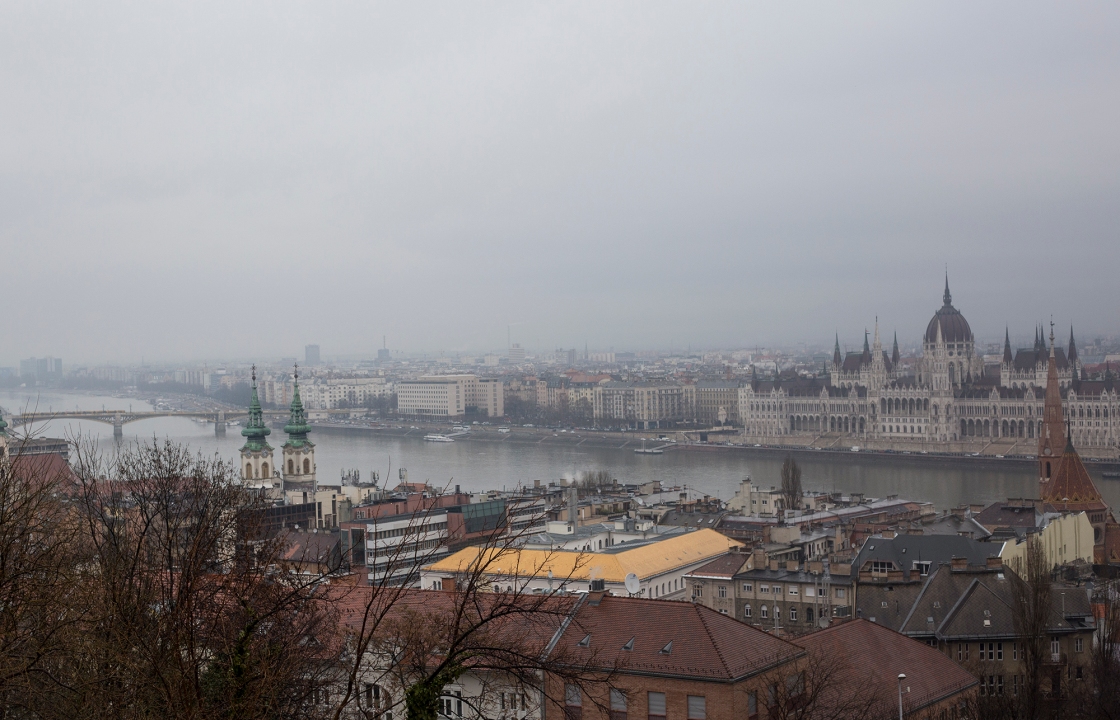

Budapest’s history is vast. A fairly small city just now finding itself after centuries of being the monkey in Eastern Europe’s complicated game of “monkey in the middle,” it is filled with character.
From the intricate architecture, the towering castles and the monuments whispering reminders of Hungary’s complicated past, it became easy to love this city.
Hungary is relatively new to the game of democracy – their democratic system is just under 30 years old – and they still have a lot of wounds to mend.
There were two memorials (more like two-and-a-half) that really struck me. The first was a monument essentially taking the blame of the Holocaust away from Hungary and placing it on Germany.
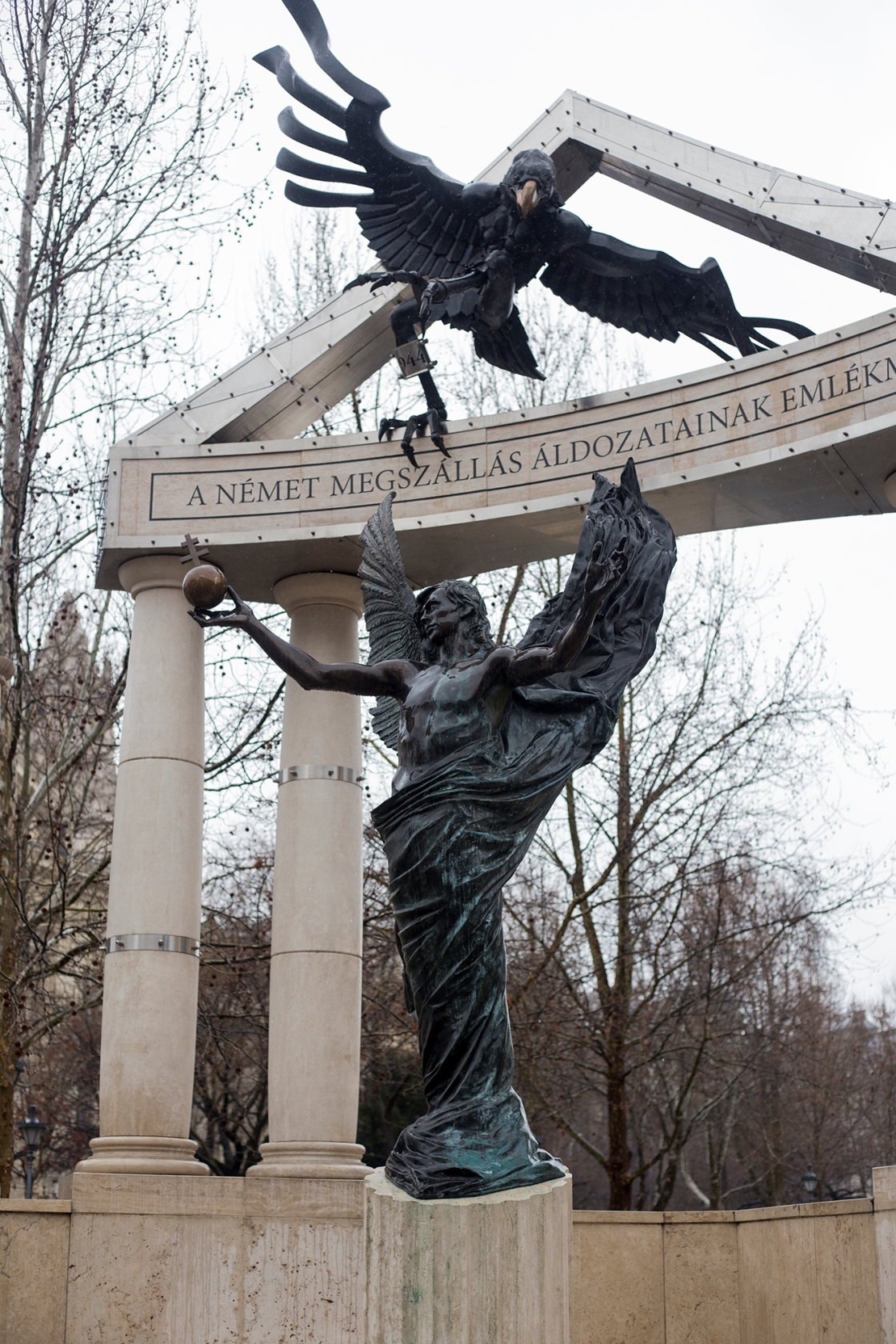
This memorial shows a giant metal eagle, representing Germany, attacking a statue of the Archangel Gabriel, representing Hungary. It is meant to honor “all the victims” in the German occupation of Hungary.
Many members of the city believe that the depiction of Germany attacking Hungary is not the whole truth – that this monument is an attempt at covering up Hungary’s role in the Holocaust.
More interesting than this monument is the counter-protest set up before it.

A large barbed wire fence stretches along the sidewalk across the street. Attached to it are pictures, letters and names. Below it are flowers, rocks and mementos of the past. It is a pop-up cemetery reminding the city of the people it sentenced to death.
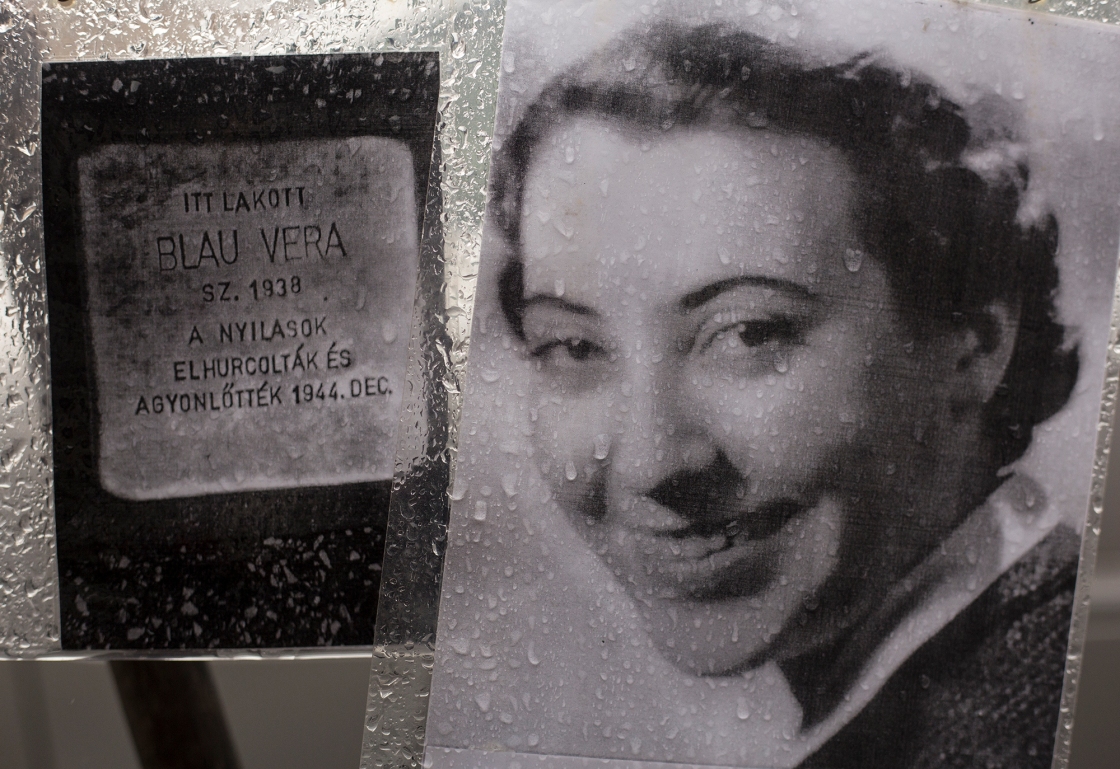
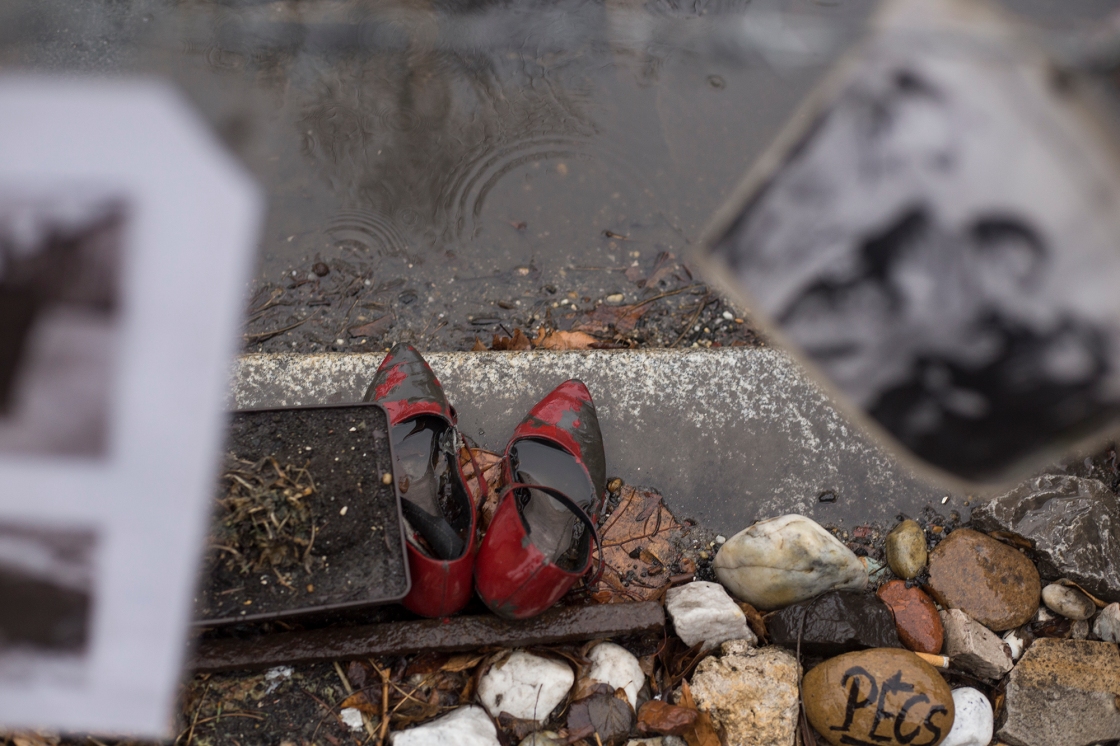
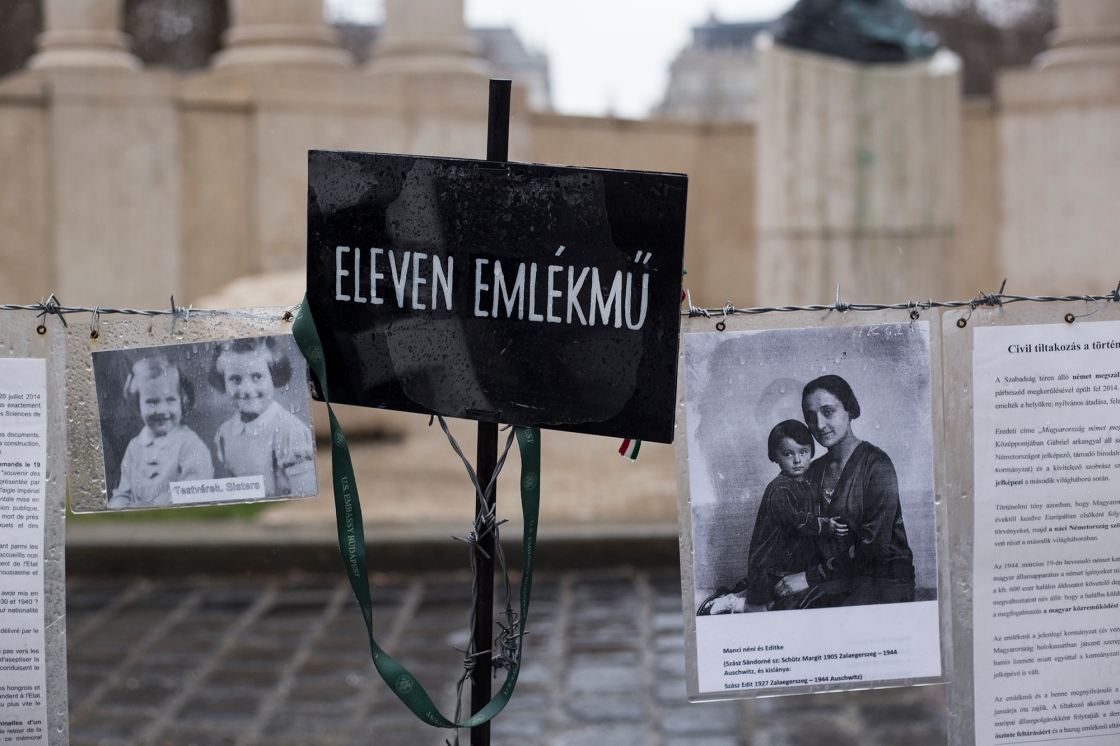
Another equally haunting memorial stands by the river: a long line of copper shoes scattered mere inches from the water.
This memorial recalls the brutal murders of the countless people (many of them Jewish) who were mercilessly shot into the river.
A fascist militia, the Arrow Cross, rounded up Jewish people in the dead of night, brought them to the river and forced them to remove their shoes before firing at them.
Our tour guide told us they still found human remains in the Danube river.
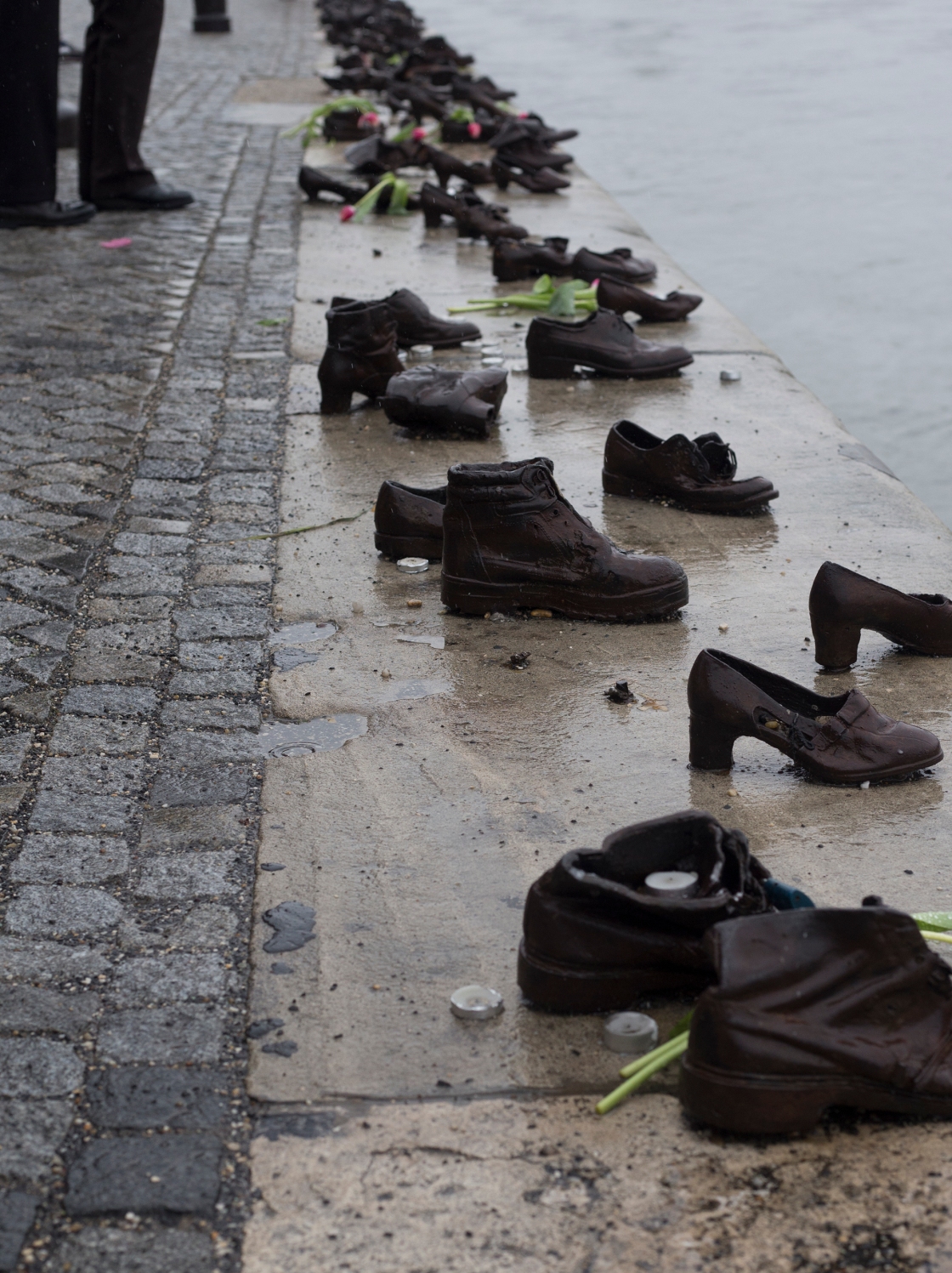
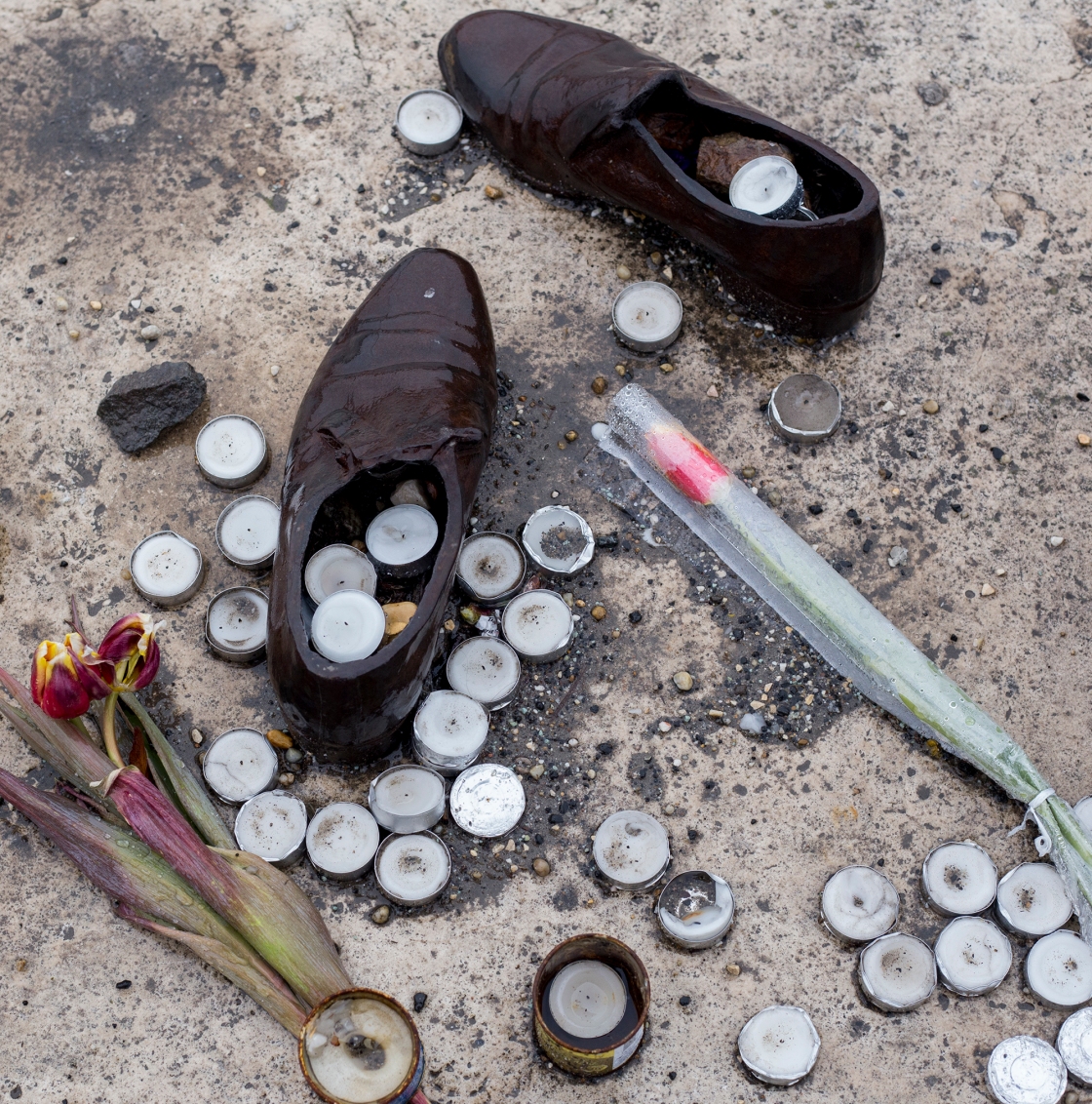

But Budapest is not just a city of blood and carnage. It is a beautiful city investing in art and political reform. Its beautiful churches remain proud and stoic in the middle of its busy squares. Its rolling mountains found on the Pest side of the river keep careful watch over the Buda side. Its famous hot springs flow continuously, refreshing and purifying all who come to visit.


I witnessed young men drinking beer and laughing with homeless men on the street. I witnessed a gay couple’s bachelor party on the dance floor of a bar. I witnessed a group of pre-schoolers holding hands and walking home in the rain.
I learned about a city with a complicated and tragic history. I witnessed a city with a vibrant and limitless future.
Our tour guide put it best when he told us this: “Our parliamentary system was put together in two weeks. Our democracy is 20 years old. What really takes time to change is this tiny, three-cubic center thing inside our skull. That can take generations.”
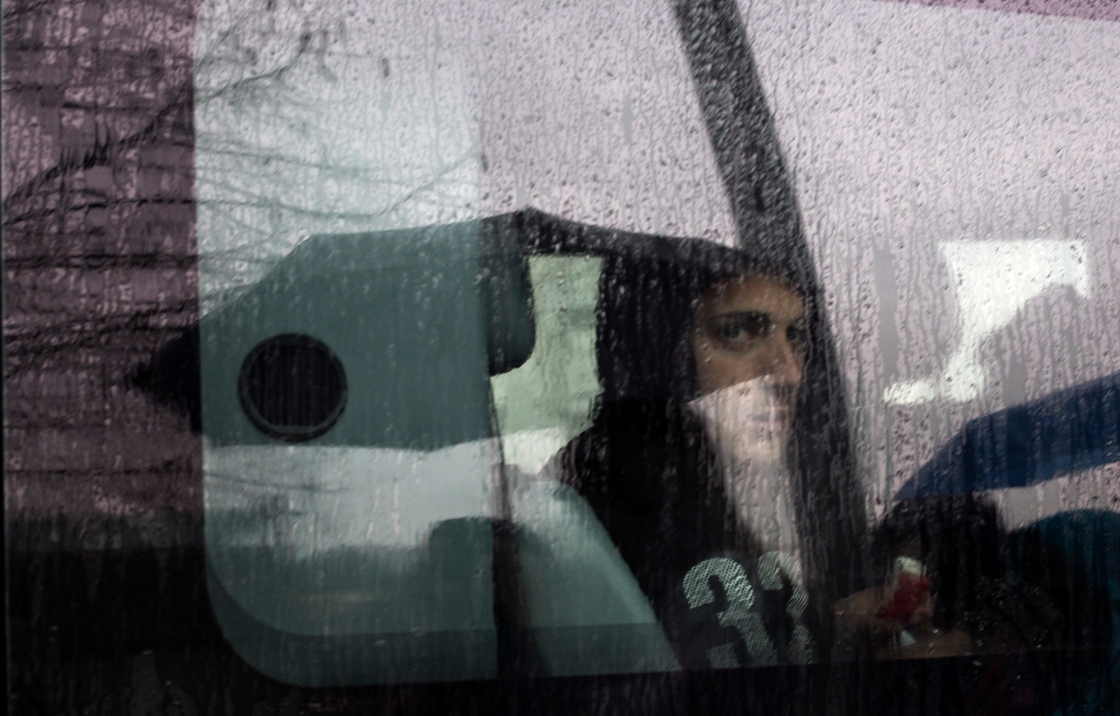
Vienna

I can say definitively that Vienna is the most beautiful city I have ever been to. With a soft, pastel color palette unifying each and every neighborhood, giant, palace-like architecture on every street, wide, open sidewalks free of litter and large, winding gardens green and blooming with life, no city could ever compare.
Walking through the city felt like walking through a cloud. The air was clear and fresh. The people were kind. The colors were soft and light. The whole city felt like cotton candy and feather pillows.
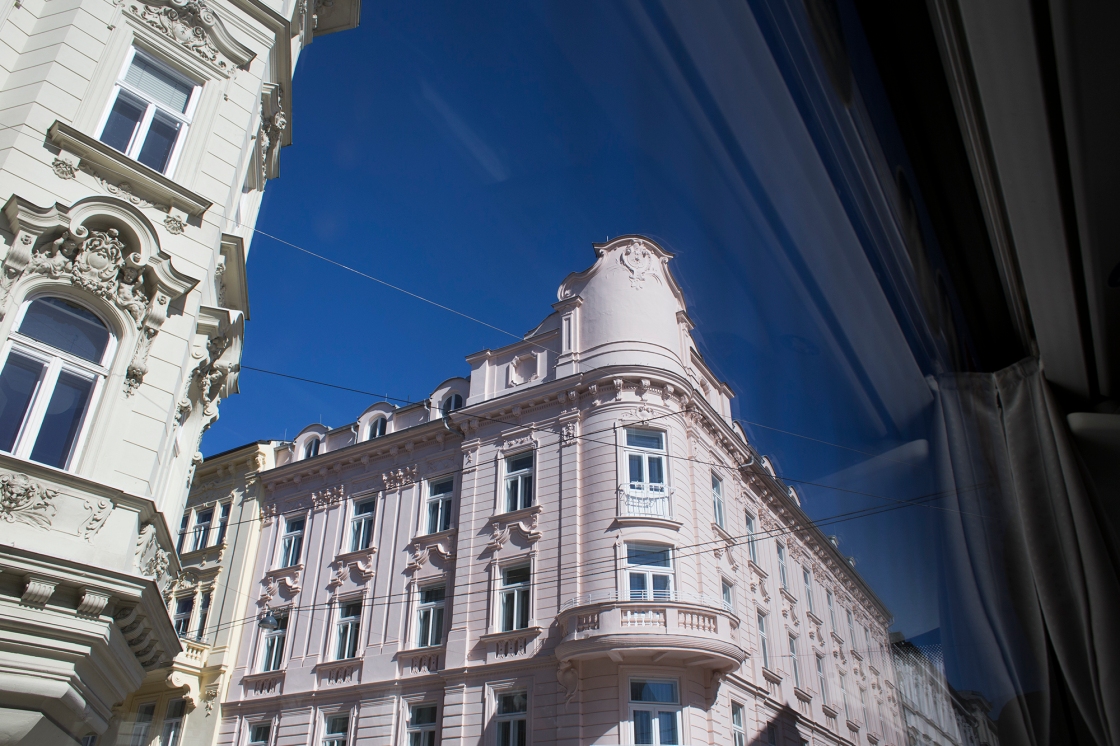
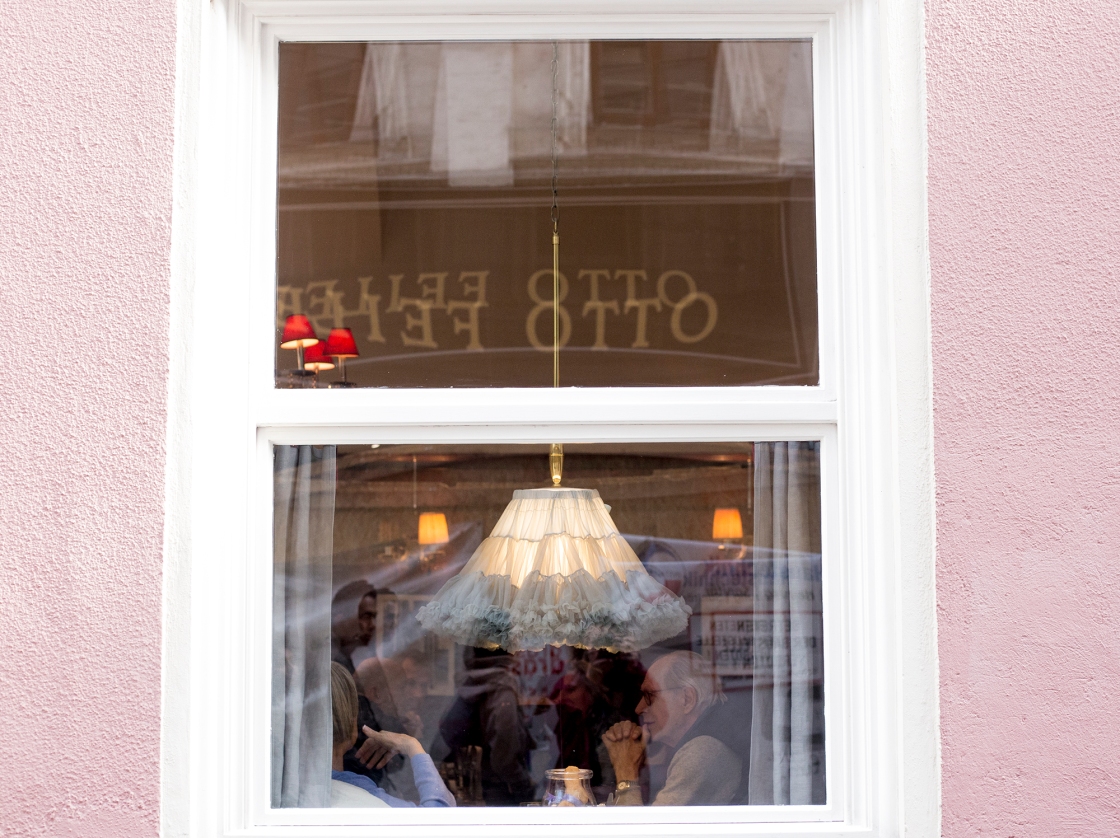
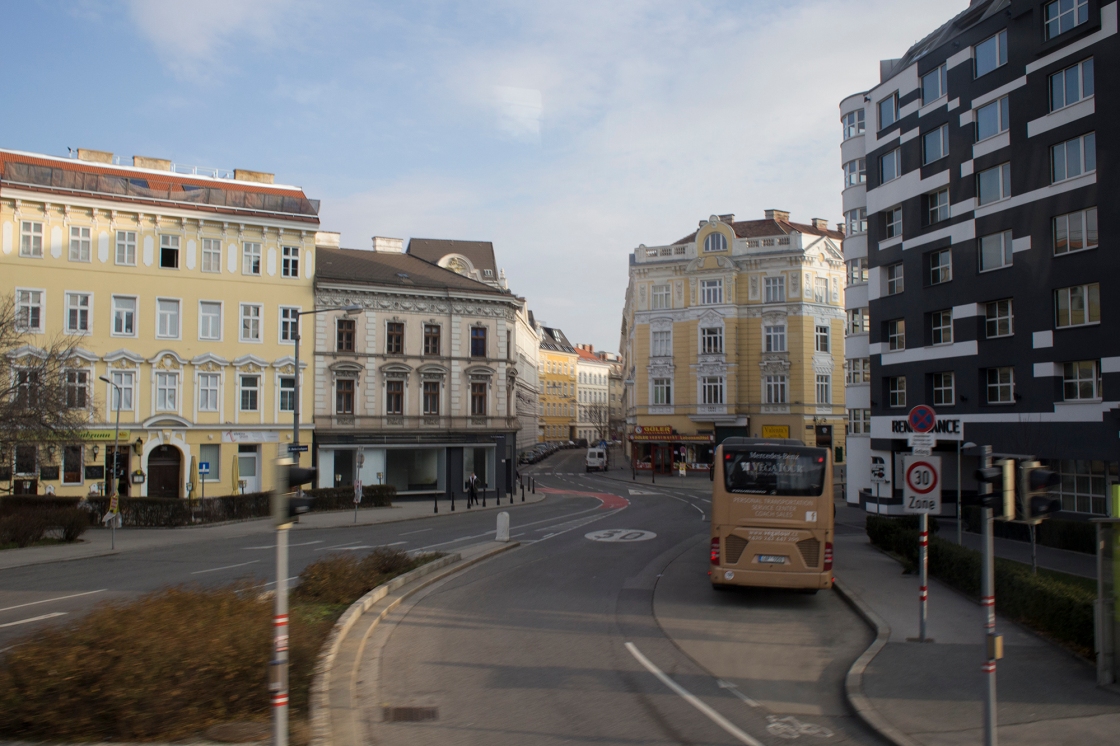
On our walking tour we learned about Vienna’s bizarre and dramatic history. We learned about cocaine-addict and lesbian royalty, the strange alternate uses for horse drawn carriages and the secret symbols of sex carved into the facade of the Stephansplatz Cathedral.
The most enchanting part of Vienna, though, was our night at the Opera.
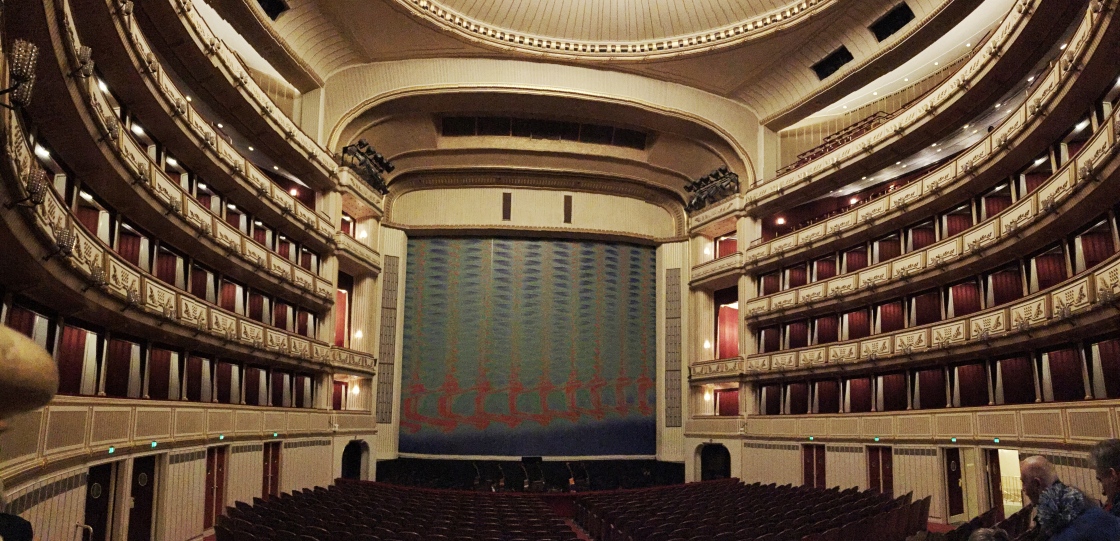
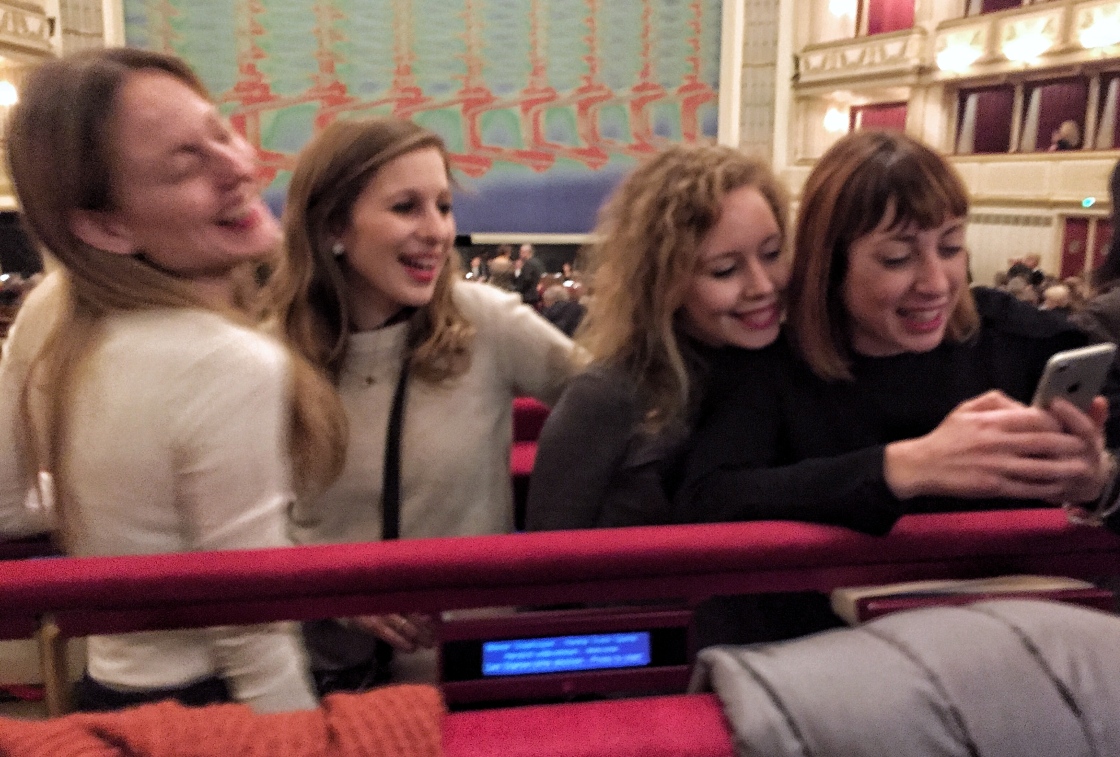
For only four euro, I and a couple friends packed into the standing-room-only section of one of the most famous opera houses in the world. For one hour, we watched music come to life.
The orchestra gave breath to notes on a page, stringing them together into a masterpiece of melody and harmony. They worked like a music box, swinging violin arms in tandem with the conductor. Each instrument complemented the other. They spoke in unison, changing pitch and tempo with the ease of a tumbling waterfall.
The performers onstage were like Sirens. Luring us into their embrace, their voices rose and fell with all the power and all the softness of the sea. As they cast their melodic spell, we had no choice but to listen and to fall in love.
Vienna was a beautiful and inviting city. It gave us new friends, new opportunities and new air. I left with lungs full of breath – feeling light, feeling weightless.
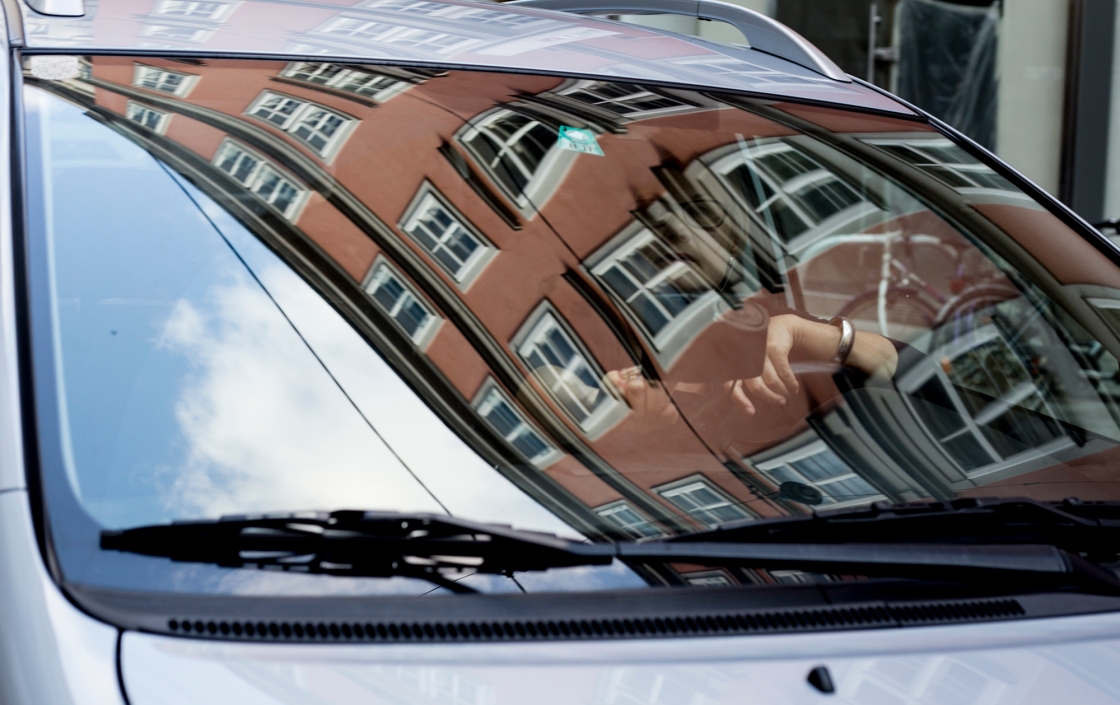
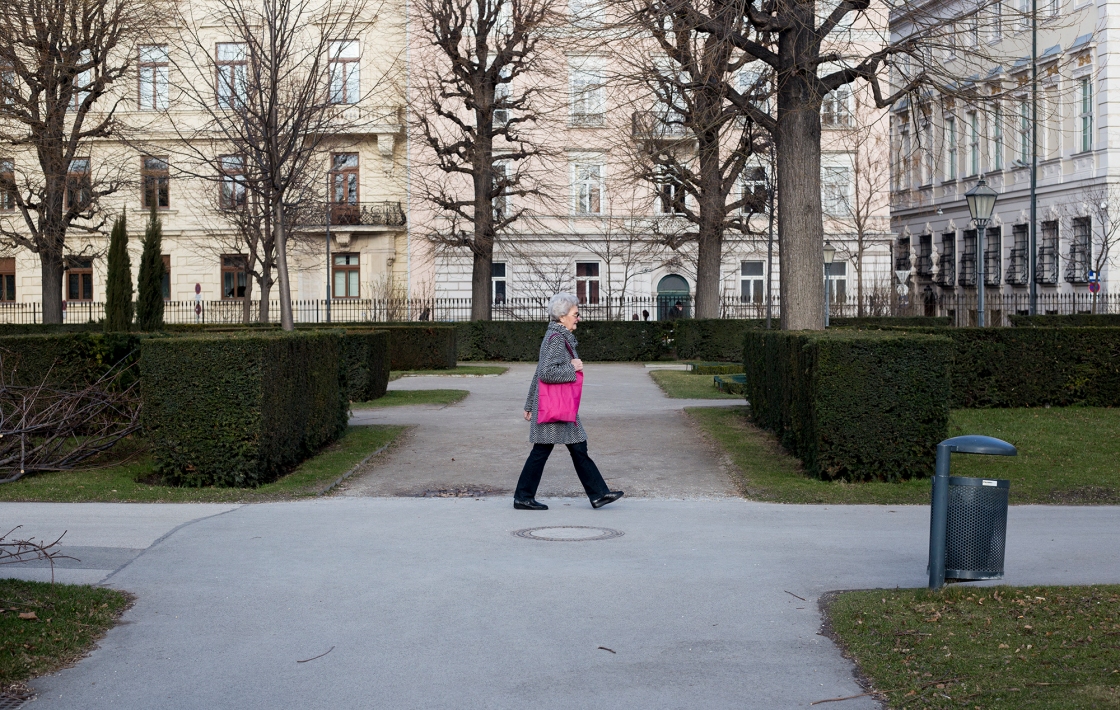
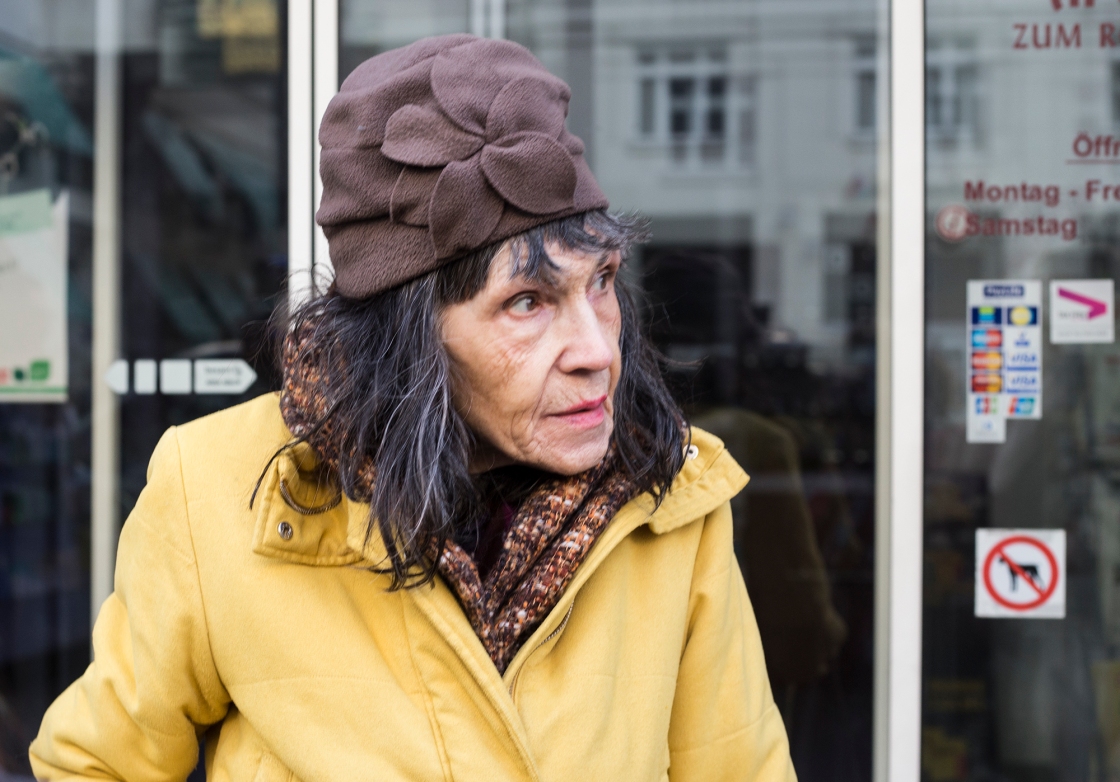
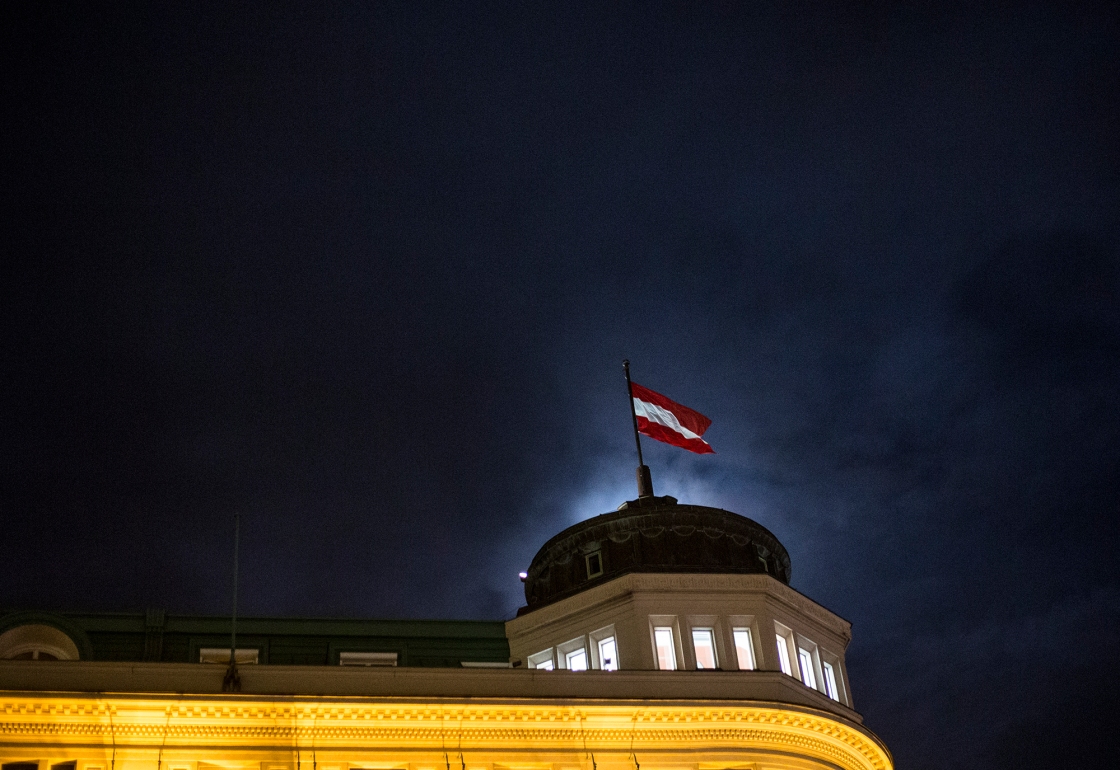
Salzburg
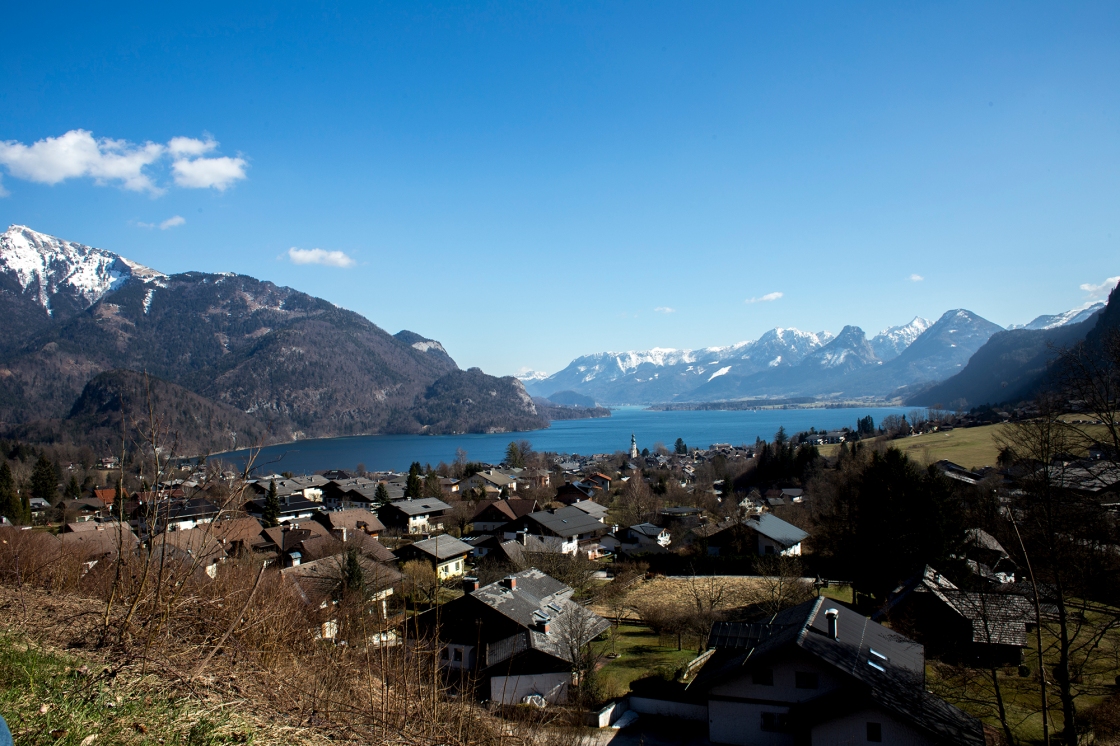
When in Salzburg there’s only one thing to do: take a bus to the top of a mountain and yodel your heart out.
In other words, go on a “Sound of Music” tour.
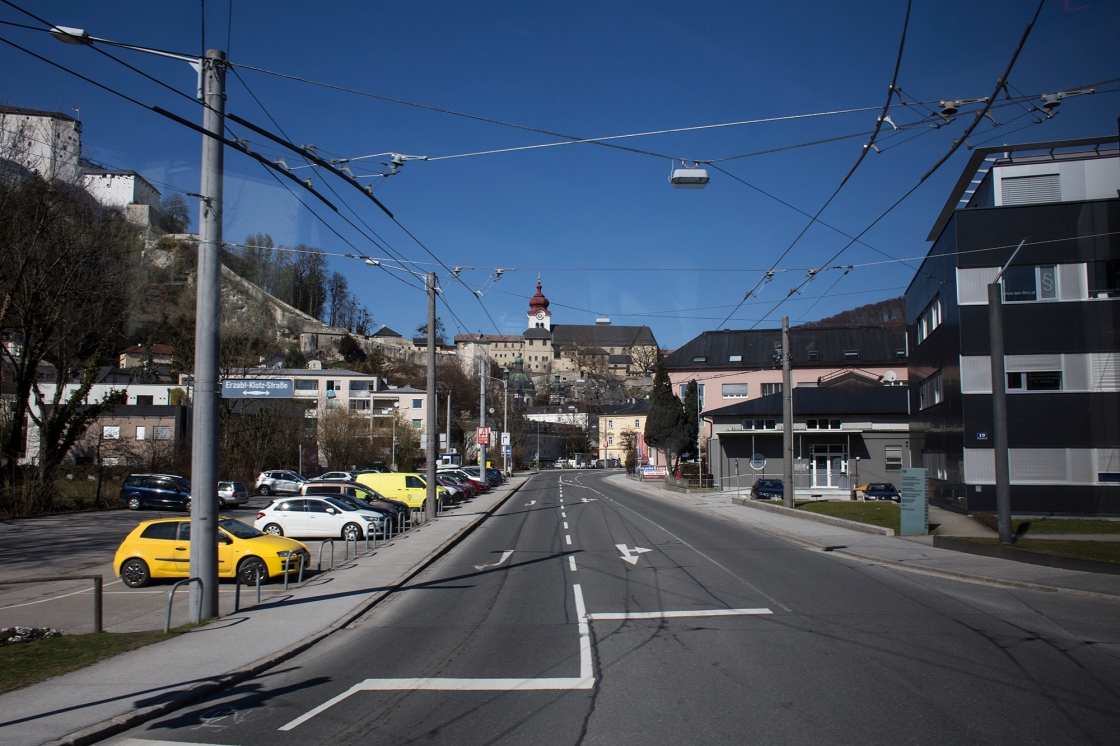
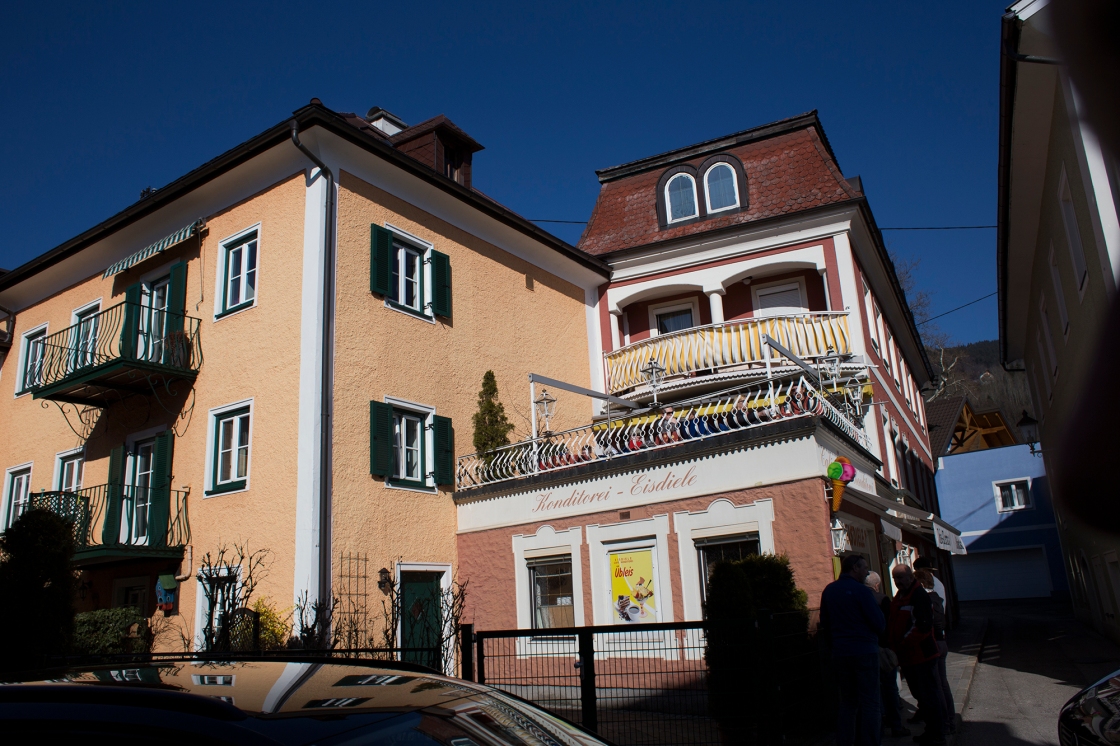
Even if you don’t like “Sound of Music,” (I’m judging you if you don’t) this four hour trip through the mountains takes you to breathtaking views of lakeside villages, quaint and colorful towns and even the headquarters of red bull.
As we wound our way up the mountains, we sang along to the scratchy CD that our tour guide carried around in her purse. We belted operatic melodies, we learned our do re mi’s and, of course, we yodeled – or tried to.
Along the way we also learned the history of the Von Trapp family and some secrets of the film.
We learned that two different houses were used as the front and the back of the Von Trapp house, the gazebo in “Sixteen Going On Seventeen” had to be built larger in an LA studio to accommodate the choreography and that the Von Trapp family never did escape through the mountains, but took a train to Switzerland instead.

We also learned that Maria and The Captain never really did fall madly in love, but that the Von Trapp children played “cupid” and convinced the two to marry because they wanted her to be their new mother.
But that wouldn’t have made for a very good movie.
Our tour guide told us that Maria Von Trapp decided to join the convent as a way to thank God for the beauty of the mountains in Salzburg. It was said that after she travelled there from Vienna for the first time, she fell madly in love.
The mountain views of the crystal blue lakes and colorful houses dotting the dips of the valleys cannot be recreated by photos.
As our bus began to carry us on our journey home, the sun wove through the crests on the mountains. It shone bright, casting golden light on the tiny, snow-covered neighborhoods.
The world there was quiet. Life was small. Days were always peaceful. And everything was beautiful.
